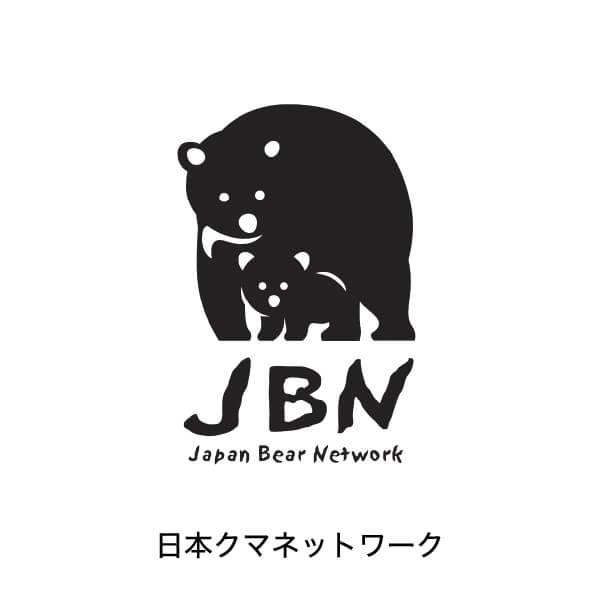About the Project
“Save the Island Bear" is a bottom-up, joint-effort conservation project conducted by Shikoku Institute of Natural History, The Nature Conservation Society of Japan and Japan Bear Network. Its purpose is to promote the conservation of the endangered Asiatic black bear in the Shikoku region.
Shikoku is the smallest landmass in the world to be inhabited by Asiatic black bears. Accordingly, we nicknamed this globally important population the "Island Bear"s.
Our project is engaged in a range of activities such as monitoring and research, wildlife conflict prevention measures, education of the local community and enhancing the value of Asiatic black bears. As a result of these efforts, we hope to facilitate the implementation of proactive conservation measures by relevant government agencies. We also aim to conduct conservation activities where the local community plays an active role, and put an emphasis on collaboration with various sectors of the local community.
Background
In recent years, conflict between humans and bears has been increasing in Japan. Asiatic black bears were declared extinct in Kyushu in 2012, and Shikoku's bears teeter ever closer to the brink of extinction. The population of bears in Shikoku is estimated at just 20 individuals, and should inbreeding occur, the probability of their extinction by 2036 sits at a delicate 62%.
This is the only part of Japan where Asiatic black bears' distribution remains unknown, and the only population to be classed as "critically endangered" on the Japanese Ministry of Environment’s Red List. Hunting bears has been illegal in Shikoku for over 30 years, but there are still no signs of recovery in the population. Unless immediate action is taken to conserve this species, it will be difficult to avoid extinction. As international efforts to conserve biodiversity and realize a sustainable society become increasingly active, it becomes increasingly important to prevent Shikoku's bears from following in the footsteps of the extinct Kyushu population.
On the other hand, bears are wild animals which pose a threat to humans and cause damage to agriculture, forestry, and fisheries. Their conservation requires the achievement of two goals at different scales: the goal of preserving biodiversity from a global perspective; and the goal of protecting the safety and livelihoods of residents from a local perspective. In order to achieve both these goals, it is essential to collaborate not only with agencies responsible for conservation, but also with local stakeholders, research institutions, NGOs, and various other parties of interest. In order to take immediate action and avoid extinction, we needed to launch a broad, collaborative conservation project in which all stakeholders work together.
The Asiatic black bear is said to be a symbol of abundant nature. However, they are already extinct in Kyushu and critically endangered in Shikoku. These issues are a direct result of our unsustainable use of forest resources and treatment of wildlife. Now, we stand at a crossroads of whether or not we can choose to coexist and value the abundant nature that the Asiatic black bear represents.
Areas of implementation
The project targets the habitat of Asiatic black bears in Shikoku, i.e. Tsurugi Mountains and surroundings.

Governing Body
-

Shikoku Institute of Natural History (NPO)
-

The Nature Conservation Society of Japan (NGO)
-

Japan Bear Network (NGO)
Project Management and Inquiries
Shikoku Institute of Natural History (NPO)

